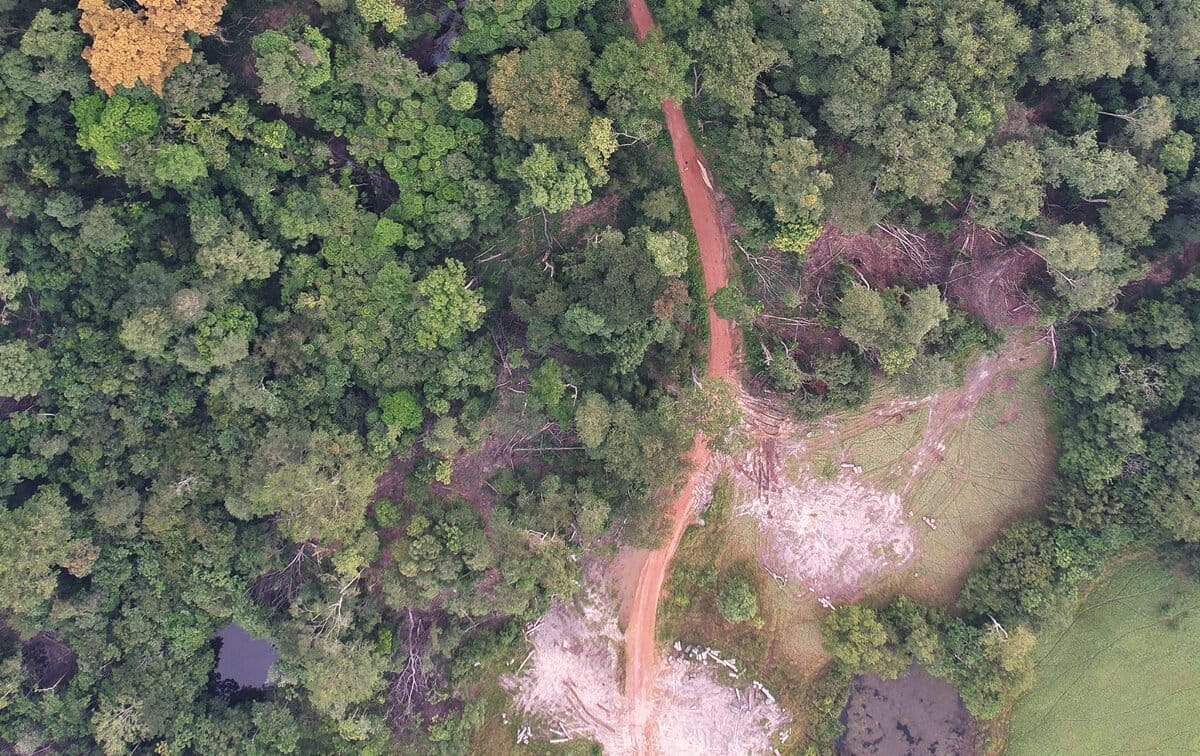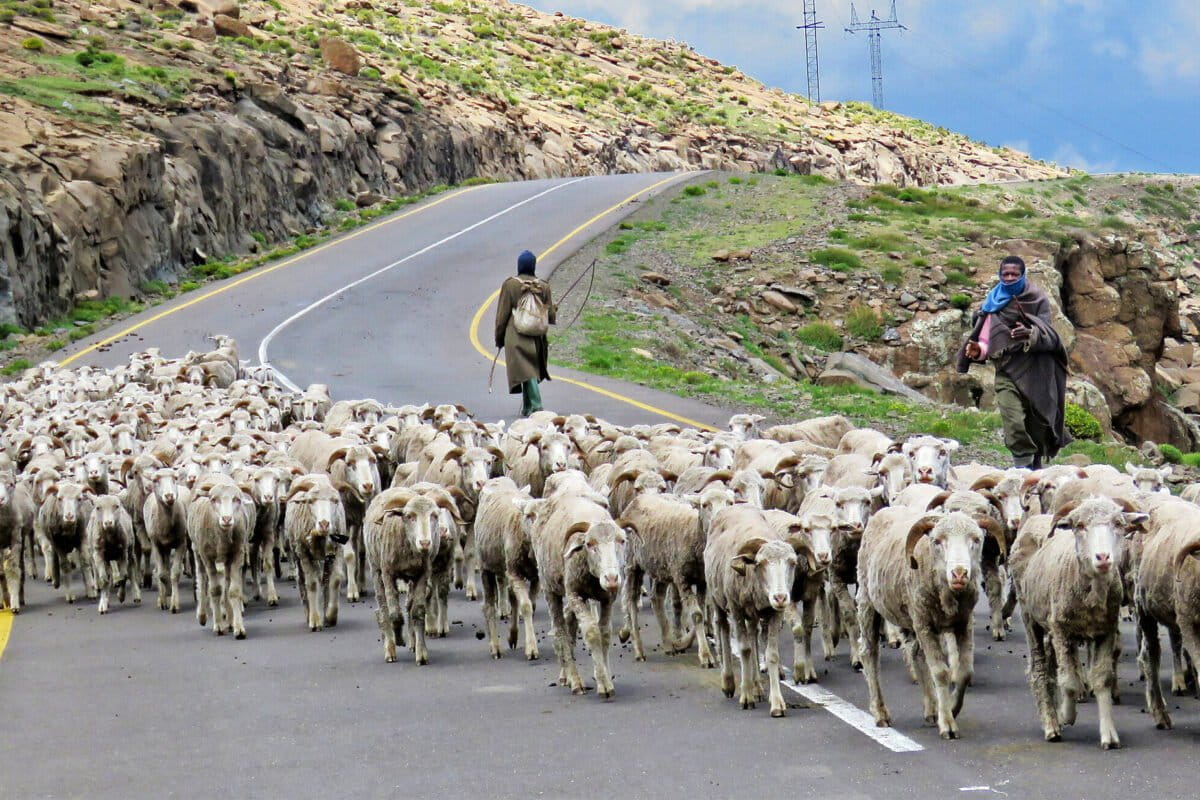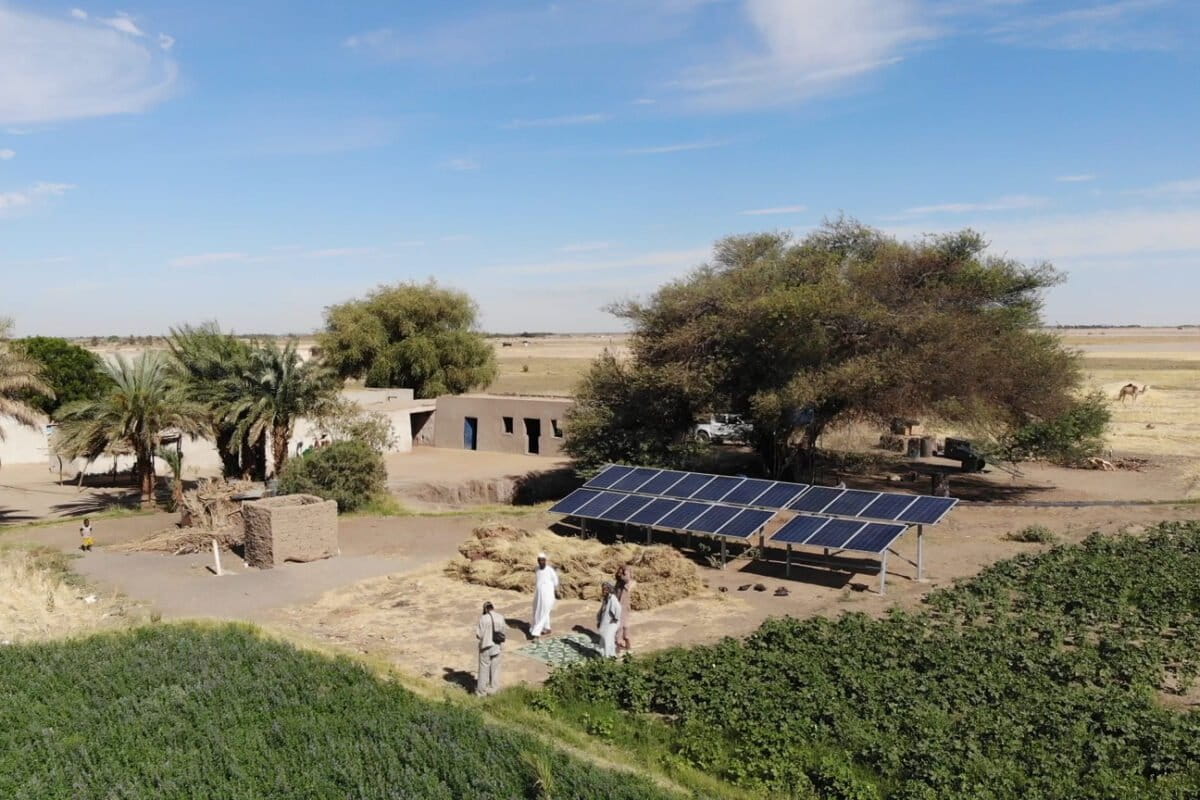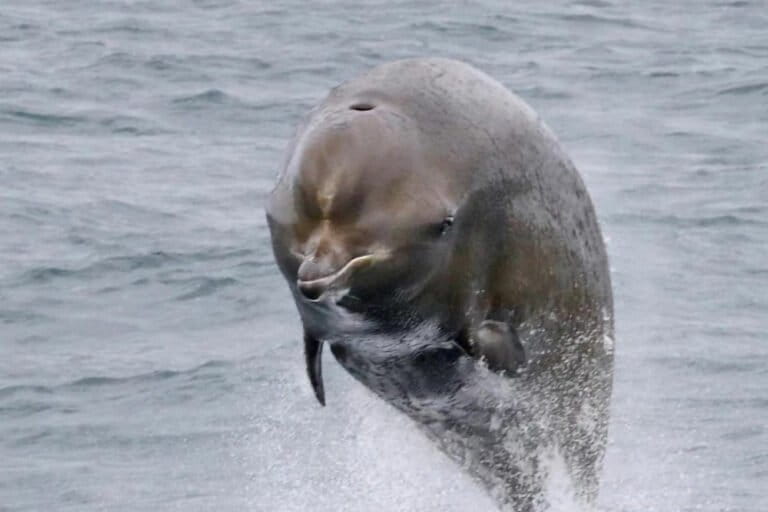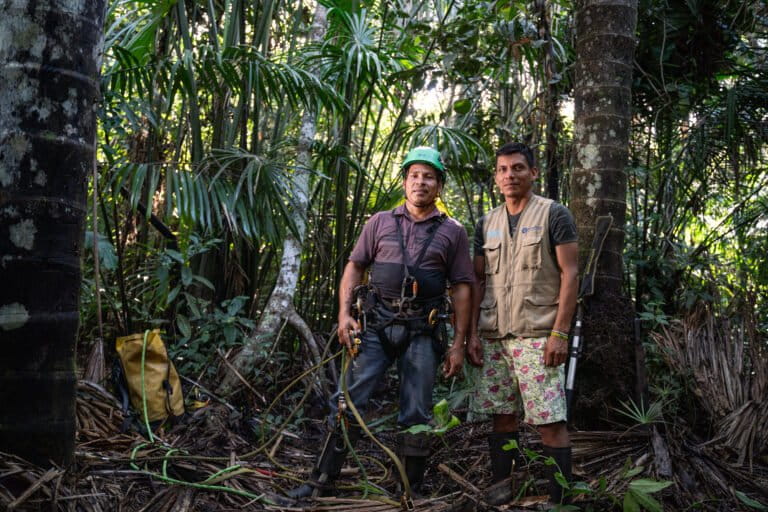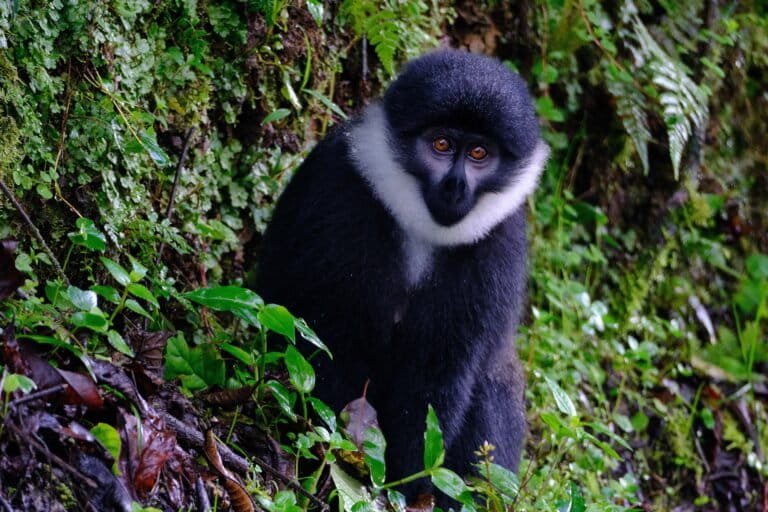The Amur leopard lives in isolation in the freezing forests of southeast Russia and northeast China. It’s one of the most endangered of eight leopard subspecies in the world. Today, its population is on the upswing.
In the 20th century, poaching for its spotted fur, forest fires and conversion of land for farming caused the wildcat’s population to plummet to roughly 25 individuals in the wild. Today, there are approximately 130 in Russia alone, according to a recent Wildlife Conservation Society report.
Since 2016, the Wildlife Conservation Society in Russia (ANO WCS) has partnered with Land of the Leopard National Park in monitoring and conservation efforts. In 2014-15, researchers estimated a global population of 84 Amur leopards (Panthera pardus orientalis), increasing recently to 130, the highest density of leopards recorded in 10 years of rigorous monitoring, according to the report.
Efforts to save the species date back decades. Collaboration between conservationists and Russian government agencies helped establish protected areas in the Primorsky Krai region since 1979, which halted the leopard’s rapid decline, according to WWF.
In 2012, the Russian government created Land of the Leopard National Park, which included all of the leopard’s breeding areas and about 72% of suitable habitat in Russian territory. “It was only the creation of the national park that set the conditions for these cats to recover,” Aleksandr Rybin, large carnivore specialist for ANO WCS, told Mongabay.
Simultaneous recovery of prey, the Sika deer (Cervus nippon), fire management, strong law enforcement and population monitoring gradually helped the population bounce back. “Without the protected area, we would be looking at a very different story,” Rybin said.
“We achieved amazing results,” Taisiia Marchenkova, assistant research scientist in Land of the Leopard National Park, told Mongabay. “The population has increased almost three times its size and started to spread. … It’s actually a wonderful case, because in most cases populations do not come back from such a rapid decline.”
With more than 200 camera trap stations, researchers have documented the population starting to recover since 2014. A 2018 Conservation Letters paper showed Amur leopards move extensively between Chinese and Russian borders, stating, “38% of all leopards were observed in China, but only about half of those … were observed exclusively in China.”
Scientists hope the subspecies is edging away from extinction. “But as the population declined rapidly in the 20th century, this comes with consequences,” Marchenkova said. Morphological abnormalities such as kinky tails and white paws might be signs of population inbreeding.
“Because of the low genetic diversity, Russia has created a conservation plan and aims to relocate leopards from zoos into the wild,” Rybin said, hoping this measure and international collaboration will increase the wildcat’s long-term chances of survival.
Banner image: A camera trap image of an Amur leopard, by the Ministry of the Russian Federation for the Development of the Far East via Wikimedia Commons (public domain).



